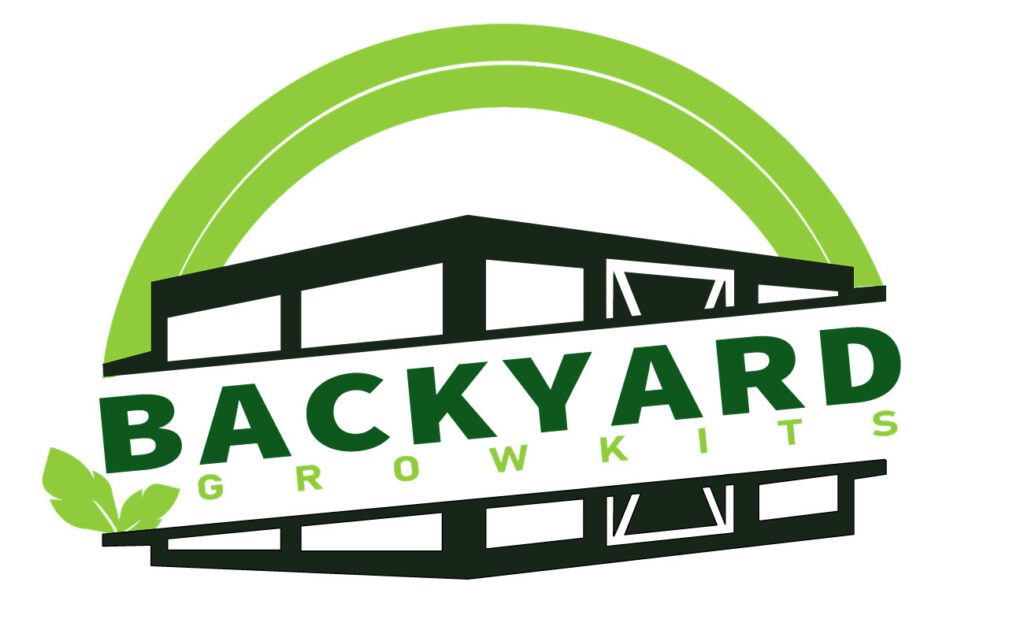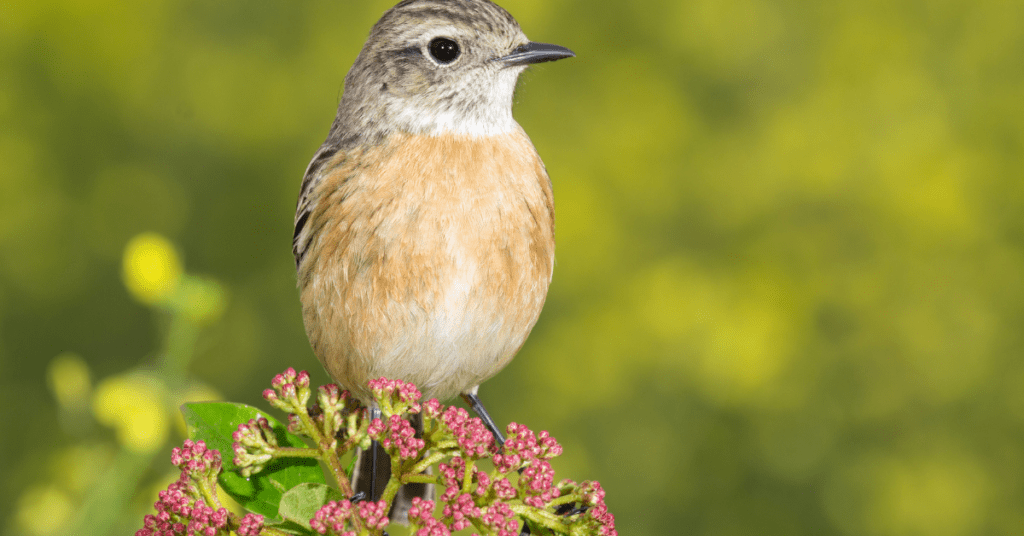Growing wild gardening is a type of gardening that focuses on mimicking the natural environment to create a habitat for birds and other wildlife.
This type of gardening is often referred to as “wildscaping” or “natural gardening,” and it involves using native plants and natural materials to create a space that is both beautiful and functional.
The idea behind growing wild gardening is to create a self-sustaining ecosystem that supports local wildlife, including birds, butterflies, and other insects.
By doing so, you can help to restore the balance of nature in your community and create a beautiful, thriving garden that is both beneficial to the environment and enjoyable to be in.
Benefits of Growing Wild Gardening
1. Supporting local wildlife
Growing wild gardening provides a habitat for local wildlife, including birds, butterflies, and other insects. By creating a self-sustaining ecosystem, you can help to restore the balance of nature in your community and provide a safe and comfortable home for local wildlife.
2. Reducing environmental impact
Growing wild gardening is a sustainable gardening practice that uses natural materials and native plants to reduce the environmental impact of gardening. By minimizing the use of chemicals and other harmful materials, you can help to protect the environment and reduce your carbon footprint.
3. Creating a beautiful, low-maintenance garden
Growing wild gardening is a low-maintenance technique that creates a beautiful, natural-looking garden requiring minimal upkeep. Using native plants and natural materials, you can create a self-sustaining ecosystem that requires little to no maintenance, allowing you to enjoy your garden without the stress of constant upkeep.
Understanding the Ecosystem of Your Garden
Before you start growing wild plants in your garden, it’s essential to understand your garden’s ecosystem. This includes understanding the soil type, the climate, and the local wildlife that already exists in your area.
1. Soil type
The soil type in your garden will significantly impact the plants that can grow there.
Understanding the soil type will help you select plants that are well-suited to the conditions in your garden and will thrive in the environment you create.
2. Climate
The climate in your area will also impact the plants that can grow in your garden.
Understanding the climate will help you select plants that are well-suited to the conditions in your area and will thrive in the environment you create.
3. Local wildlife
The local wildlife in your area will also impact the plants you can grow in your garden.
Understanding the birds, butterflies, and other insects that already exist in your area will help you select plants that will support their habitat and create a self-sustaining ecosystem in your garden.
Selecting Plants for Your Growing Wild Garden
Once you understand your garden’s ecosystem, it’s time to start selecting plants for your growing wild garden.
When selecting plants, it’s essential to choose native plants that are well-suited to the conditions in your garden and will support the local wildlife in your area.
1. Native plants
Native plants are naturally found in your area and are well-suited to the conditions in your garden. These plants have evolved to thrive in your local environment and require minimal upkeep, making them an ideal choice for growing wild gardening.
2. Plant diversity
When selecting plants for your growing wild garden, it’s essential to choose a variety of plants that will provide food and shelter for a wide range of local wildlife. By creating a diverse ecosystem, you can support a variety of wildlife and create a more robust, self-sustaining garden.
3. Consider bloom time
When selecting plants for your growing wild garden, it’s essential to consider bloom time. By choosing plants that bloom at different times throughout the year, you can provide a continuous source of food and shelter for local wildlife throughout the year.
Preparing Your Garden for Growing Wild Plants
Once you have selected your plants, it’s time to prepare your garden for growing wild plants. This includes preparing the soil, creating a planting plan, and choosing natural materials to use in your garden.
1. Soil preparation
Preparing the soil is an essential step in growing wild gardening. This includes testing the soil pH, adding organic matter to the ground, and ensuring proper drainage.
By preparing the soil, you can create a healthy environment for your plants to grow and thrive.
2. Planting plan
Creating a planting plan is an essential step in growing wild gardening. This includes selecting the location for each plant, determining the spacing between plants, and ensuring that each plant has the appropriate amount of sunlight and water.
3. Natural materials
Using natural materials in your garden is essential to growing wild gardening. This includes using natural mulch, such as leaves or wood chips, and avoiding chemicals and other harmful materials that can harm local wildlife.
Implementing Sustainable Gardening Practices
Sustainable gardening practices are an essential part of growing wild gardening. By using sustainable gardening practices, you can reduce the environmental impact of gardening and create a self-sustaining ecosystem in your garden.
1. Water conservation
Water conservation is an essential part of sustainable gardening. This includes using rainwater to water your plants, installing a drip irrigation system, and avoiding over-watering your plants.
2. Composting
Composting is another essential part of sustainable gardening. Composting your kitchen and garden waste can create a nutrient-rich soil amendment that will help your plants grow and thrive.
3. Avoiding chemicals
Avoiding chemicals is an essential part of sustainable gardening. By avoiding using pesticides, herbicides, and other harmful substances, you can create a safe and healthy environment for local wildlife and reduce your environmental impact.
Encouraging Birds and Other Wildlife in Your Growing Wild Garden
Encouraging birds and other wildlife in your growing wild garden is essential to creating a self-sustaining ecosystem.
By providing food, shelter, and water, you can attract a wide variety of local wildlife to your garden.
1. Bird feeders and houses
Bird feeders and houses are an excellent way to attract birds to your garden. By providing a source of food and shelter, you can create a safe and comfortable home for local birds.
2. Water features
Water features like bird baths and ponds are another great way to attract wildlife to your garden. By providing a water source, you can draw a wide range of local wildlife, including birds, butterflies, and other insects.
3. Native plants
Using native plants in your garden is essential to encouraging local wildlife. Native plants provide food and shelter for local wildlife and are well-suited to the conditions in your garden.
Maintaining and Nurturing Your Growing Wild Garden
Maintaining and nurturing your growing wild garden is an ongoing process that requires regular upkeep and care.
This includes pruning your plants, removing weeds, and ensuring your garden is healthy and thriving.
1. Pruning
Pruning your plants is an essential part of maintaining your growing wild garden. This includes removing dead or damaged branches, shaping your plants, and ensuring they are healthy and well-maintained.
2. Weed control
Weed control is another essential part of maintaining your growing wild garden. This includes removing weeds by hand, using natural weed control methods, and ensuring your garden is free from invasive species.
3. Monitoring and adjusting
Monitoring and adjusting your growing wild garden is an essential part of nurturing your garden.
This includes monitoring the health of your plants, adjusting your watering and fertilizing schedule as needed, and ensuring that your garden is thriving.
Common Challenges of Growing Wild Gardening and How to Overcome Them
Like any gardening technique, growing wild gardening comes with its challenges. The most common challenges of growing wild gardening include pests, disease, and weather conditions.
However, with the right tools and techniques, you can overcome these challenges and create a beautiful, self-sustaining garden.
1. Pests
Pests are a common challenge in any garden, and growing wild gardening is no exception. However, by using natural pest control methods, such as companion planting and using natural repellents, you can reduce the impact of pests on your garden.
2. Disease
The disease is another common challenge in growing wild gardening. However, by selecting disease-resistant plants and practicing good hygiene, such as cleaning your tools and avoiding over-watering your plants, you can reduce the impact of disease on your garden.
3. Weather conditions
Weather conditions like drought and extreme temperatures can also challenge growing wild gardening. However, by using sustainable gardening practices, such as water conservation and mulch, to retain moisture, you can create a resilient garden to changing weather conditions.
Resources for Growing Wild Gardening
Books: Many books are available on wild gardening, including “The Wild Garden” by William Robinson and “Wild Your Garden” by Jim and Joel Ashton. These books offer tips and advice on creating a natural, wild garden that is low-maintenance and eco-friendly.
Online Resources: Several websites and online resources are dedicated to wild gardening, including the Wildlife Trusts website and the Royal Horticultural Society website. These sites offer information on creating wildlife-friendly habitats and tips on selecting plants and designing your garden.
Local Nurseries: Your local nursery or garden center can be an excellent resource for finding native plants and wildflowers to incorporate into your garden. They can also provide advice on planting and caring for these plants.
Community Groups: Joining a community group or organization focused on gardening or wildlife conservation can provide valuable resources and support for your wild garden. Local gardening clubs, conservation groups, and environmental organizations are a great place to start.
Local Experts: Finally, don’t hesitate to contact local gardening experts, including botanists, horticulturists, and landscape designers. They can offer personalized advice on creating a wild garden tailored to your location and climate.
Parting Remarks on Wild Gardening
Growing wild gardening is a sustainable gardening technique that provides a habitat for local wildlife and reduces the environmental impact of gardening.
By understanding your garden’s ecosystem, selecting native plants, using sustainable gardening practices, and encouraging local wildlife, you can create a beautiful, self-sustaining garden that supports the balance of nature in your community.
With the right tools and techniques, you can overcome the challenges of growing wild gardening and create a garden that is both beneficial to the environment and enjoyable to be in.

